Citizen Sleeper 2: Starward Vector is a highly anticipated sequel to the acclaimed tabletop-inspired sci-fi RPG by solo studio Jump Over The Age. Citizen Sleeper initially caught the attention of indie game fans thanks to its dice-based RPG mechanics that evoked the feeling of sitting at a table with a dungeon master, taking advantage of the unique qualities intrinsic to tabletop gaming that aren’t always translated to video games.
Citizen Sleeper was acclaimed for its world-building and writing style. The entire RPG’s story and dialogue are communicated through vibrant prose, and it’s a testament to Damien Martin Gareth’s creative vision they could captivate their audience without voice acting or flashy action scenes. The cyberpunk setting Gareth has envisioned is bleak; it’s a world where individuals faced with massive debt are placed in cryo-sleep while clones of their consciousness work away the debt in an artificial, specialized body—this world’s eponymous Sleepers.
Game Rant was given a hands-on look at Citizen Sleeper 2, and although we had access to a substantial portion of the game, our preview coverage is limited to the game’s opening hours. Throughout that portion of the content, we learned to appreciate Citizen Sleeper 2‘s tightly balanced gameplay loop and the various interwoven systems that push players to take risks. Even in the earlier hours of the game, we were surprised to be struck with some gut-wrenching story moments that bode well for the game’s emotional impact once events reach the inevitable tipping point.
10:29

Related
The 15 Best New Indie RPG Games That You Should Play (2024 Edition)
If you’re in need of the latest role playing games made by the most passionate indie devs, then look no further than Joel RPG’s 2024 list.
Citizen Sleeper 2’s Core Gameplay Loop Is Surprisingly Tense
Citizen Sleeper 2, like its predecessor, hinges entirely around dice. At first glance, this may not sound groundbreaking considering the prominence of tabletop-inspired games like Baldur’s Gate 3, but CItizen Sleeper 2‘s relationship with dice is unique. Dice are rolled at the beginning of each Cycle—essentially one day in Citizen Sleeper 2—and are consumed for the Cycle upon use. Consequently, players begin each Cycle with five pre-determined dice rolls to carefully spend on actions. Pre-rolling the dice introduces an interesting problem-solving dynamic: should the player risk failing a roll with a lower-numbered die, or guarantee success with a coveted six that could come in handy later?
To complicate matters, dice in Citizen Sleeper 2 have health that can deplete when failing rolls while the Stress level is high. Since Stress can increase when rolls fail, risky moves can snowball into catastrophes. Destroyed dice slots are a devastating but solvable problem that become a top priority to address. Repairing dice requires scrap, which can be purchased outright or occasionally looted. At one point we found ourselves with three broken dice, compounding the difficulty since we only had two actions per Cycle to “spend” them on. We still needed supplies and fuel while we tackled this, but thankfully crewmates can passively acquire a chosen resource once per Cycle.
Citizen Sleeper 2 Is A Game of Cycles
Solving these problems invariably involves progressing Cycles, a time-pressure element that underpins all decisions made in Citizen Sleeper 2. The player is on the run from an extremely resourceful villain, and shortly into the game, we are introduced to the Hunt timer. Each Cycle spent at one of the game’s hub areas progresses the Hunt timer, and the villain will catch up if it fills. Traveling cuts a decent chunk off the timer, so it’s important to stay stocked on fuel and avoid sticking around for too long. Risk management is critical as recovering from a catastrophic contract can waste valuable Cycles. For a methodical, text-based game, Citizen Sleeper 2 brings a sense of urgency that we’d expect more from a game like Helldivers.
A typical Cycle earlier in the game will involve players arriving at a new, unfamiliar hub, and players will need to spend dice on exploration to uncover its locations and amenities. Locations have individual Cycle meters that are filled each time a successful roll is made, usually triggering a narrative event, revealing a Drive—a quest in Citizen Sleeper parlance—or opening up new resourcing opportunities. In one instance we gained access to a gambling den by repeatedly spending time around the bar, while in another, we gained a valuable new crewmate. Contract objectives are also handled similarly; filling the meter by rolling successfully and repeatedly will complete the task at that location. When out on contracts, crewmembers can contribute their dice, modified by their skill attributes similarly to the player. Bringing along the best party members for the job is another layer of decision-making to consider.
Citizen Sleeper 2’s Emergent Storytelling Makes It Highly Replayable
Once we’re fueled, fed, and tasked with a contract, we depart the hub on our shoddy spaceship and head to the destination. Citizen Sleeper 2 is significantly larger in scope than Citizen Sleeper, comprising numerous hub stations and other destinations to visit. Some destinations are in dangerous areas that require ship upgrades to access, making the ship a focal point for progression. Contracts can involve anything from simple asteroid sampling to full-blown heists, and the game’s prose makes both prospects equally interesting.
Citizen Sleeper 2‘s classes bring a lot of variety, each bearing different attributes and Push abilities. As the name implies, Push abilities allow players to give themselves an advantage, but usually at a cost. For our playthrough, we went with the Operator class which is skilled with technology and hacking but entirely incapable of strength-related skill checks. Our Push ability allows us to reroll one of our dice at the cost of stress, and upgrade points earned from completing contracts helped us mitigate the cost and tailor the benefits. Eventually, rolling a six would decrease our stress, and we were guaranteed not to reroll a one. The chosen class can significantly impact problem solving, and class choices are the source for much of the game’s emergent storytelling. A strength-oriented player may have easily torn open a stuck door, while our meager Operator racked up stress points and broken dice taking a more challenging route.
Citizen Sleeper 2 is a significant upgrade from its predecessor in every regard. It’s bigger, the pressure is high, the systems are tight, and the core loop induces a zen state once adequately understood. For fans of tabletop games, good sci-fi writing, and risk-reward decision-making, Citizen Sleeper 2 is a must-play indie game for 2025. It never ceases to amaze how talented, dedicated solo developers like Damien Martin Gareth manage to deliver games that can contend with big-budget franchises.
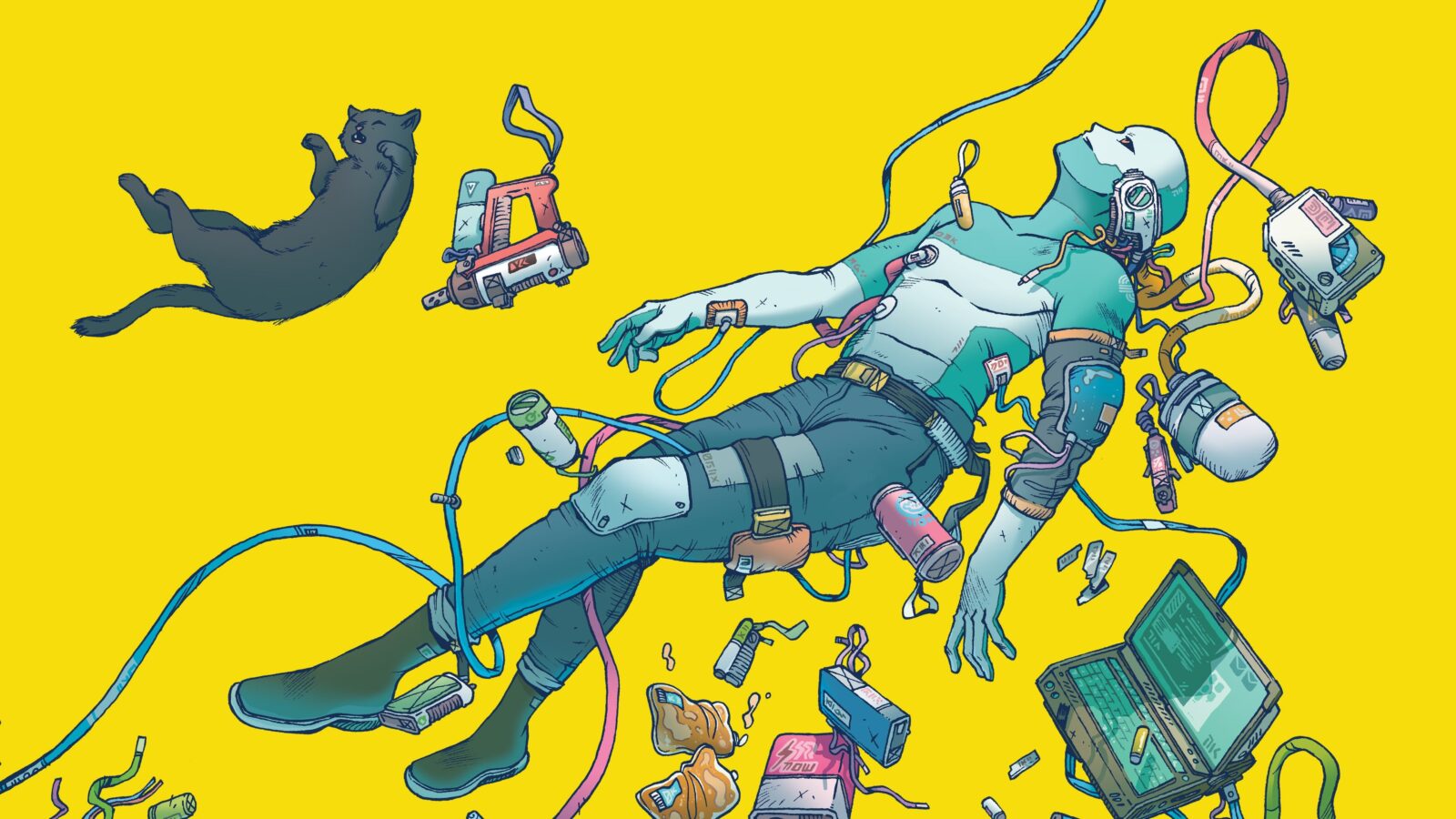

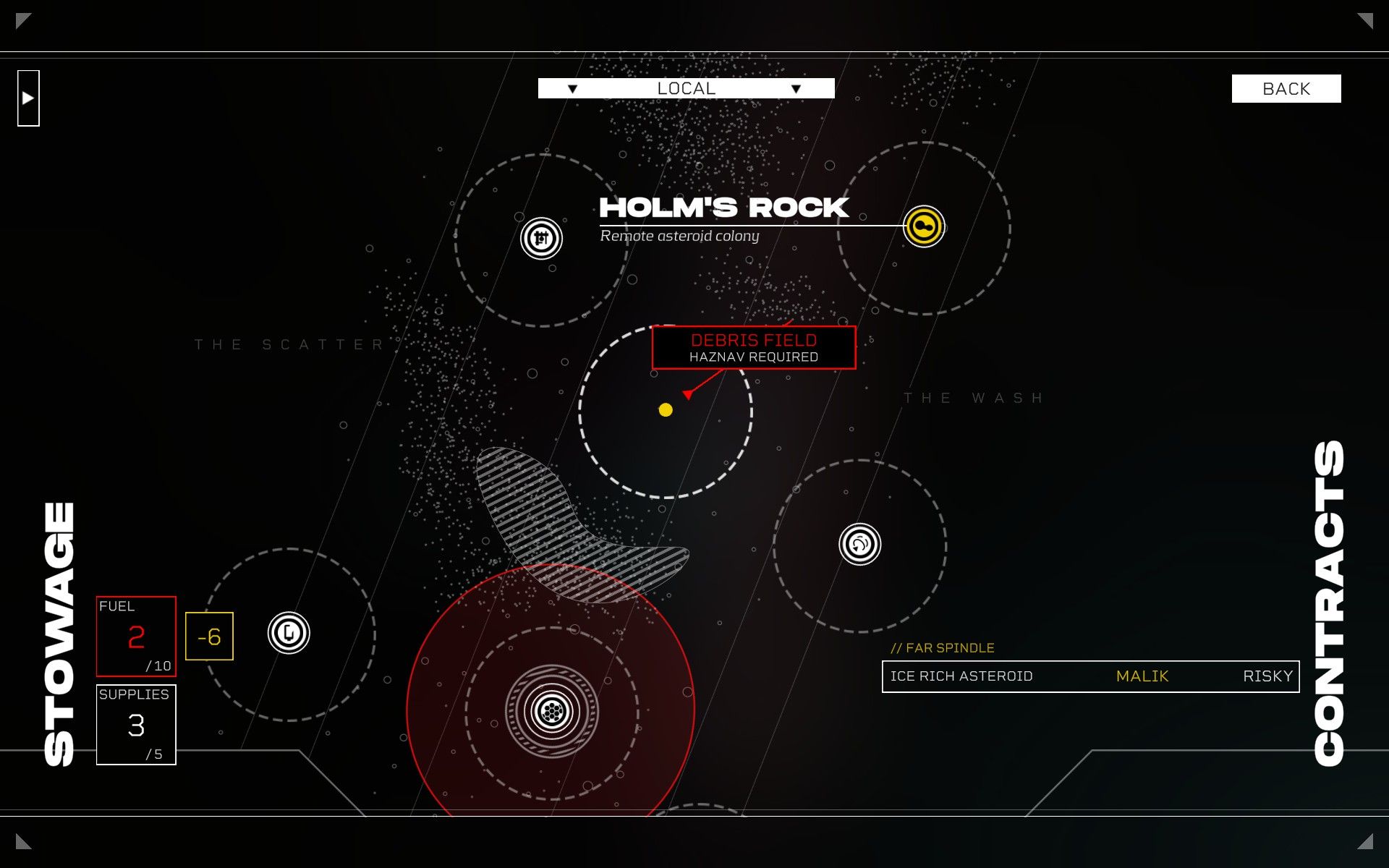
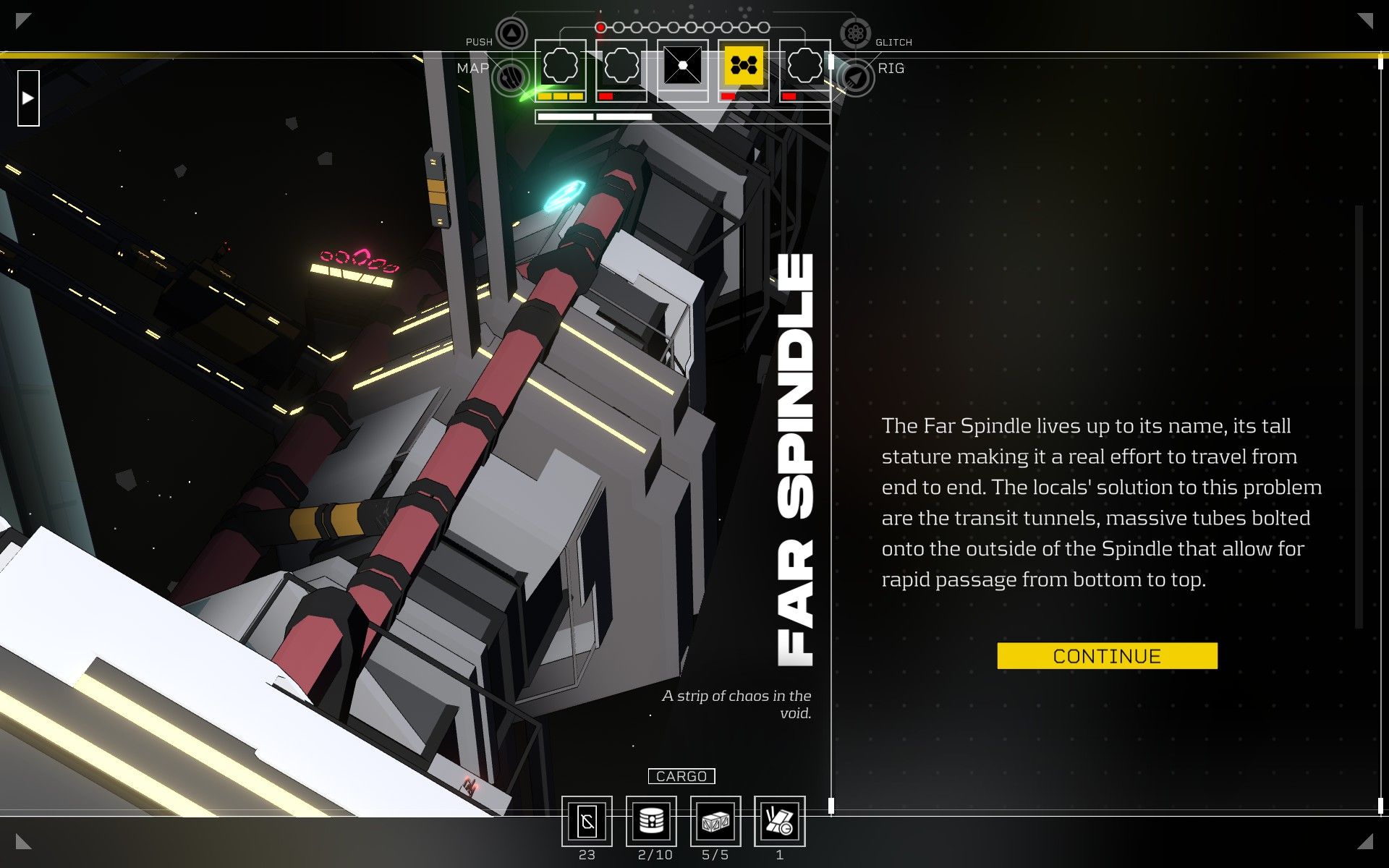
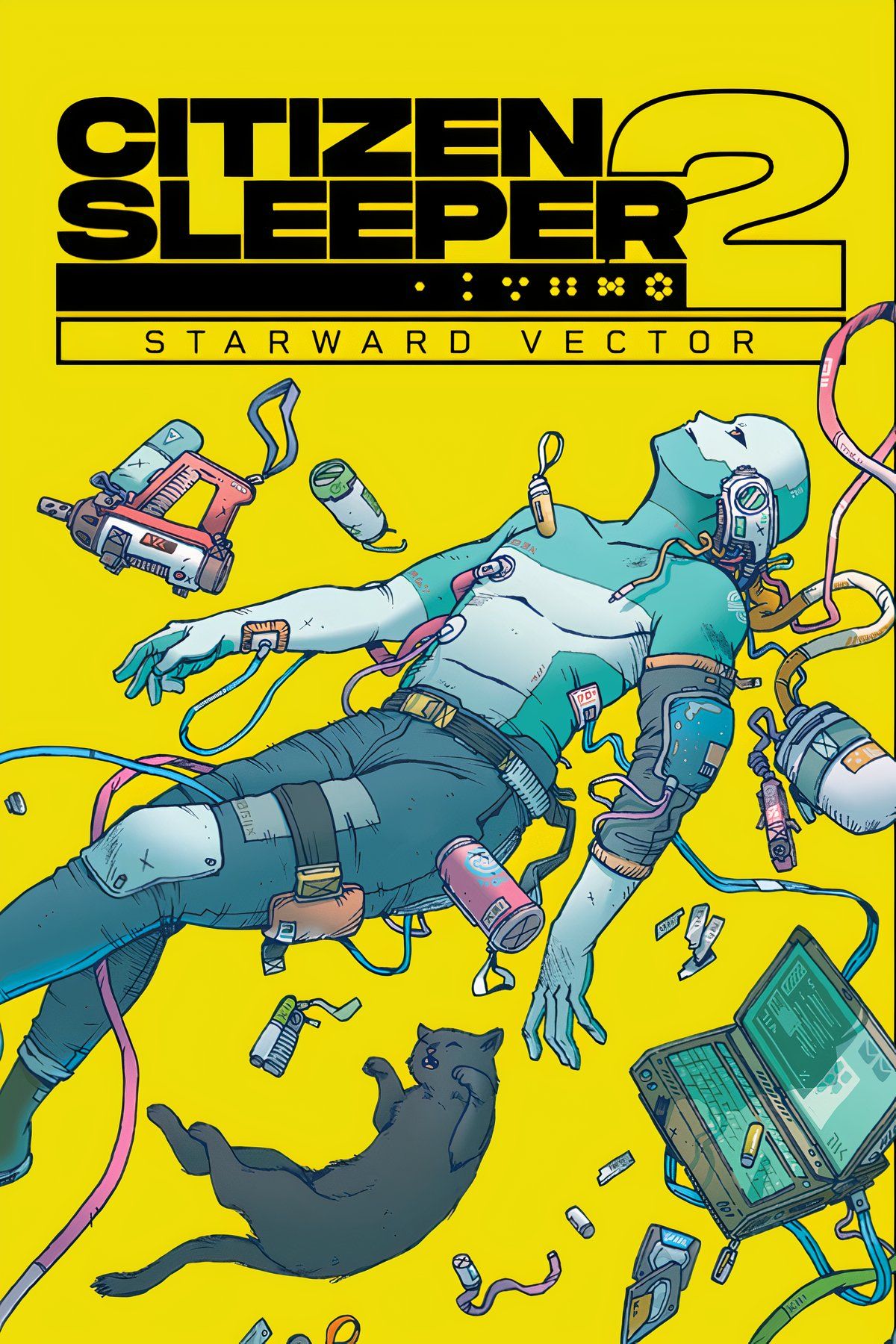









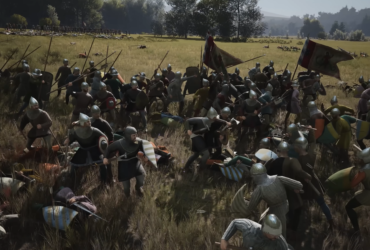
Leave a Reply